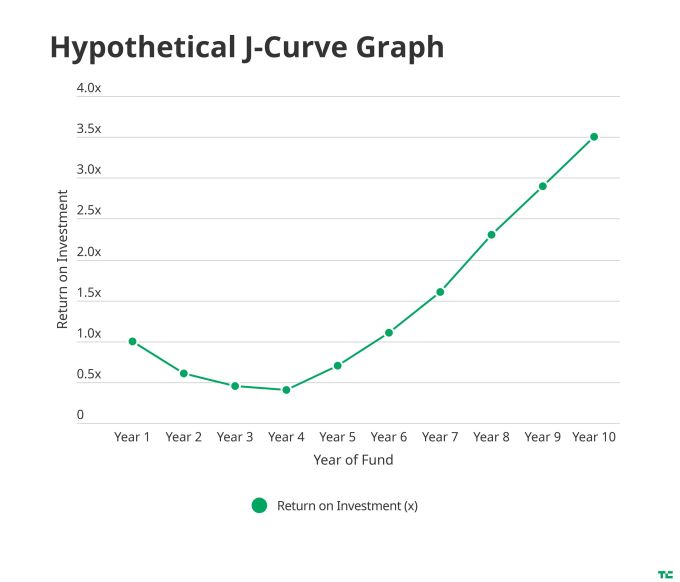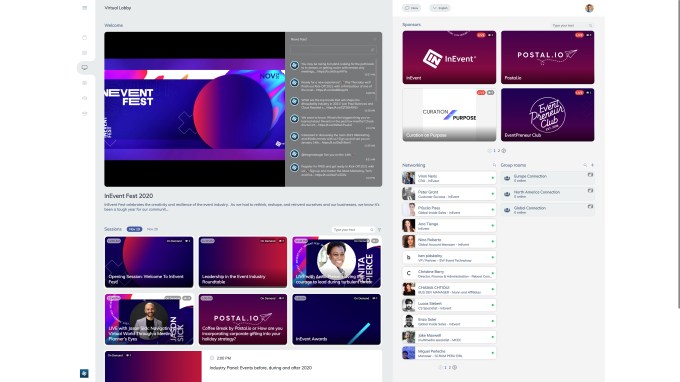Lost amongst all the IPO chatter of the mega-unicorns are a crop of companies reaching their stride, often flush with capital, ready with big plans, and still with some time before they go public. This group of companies are what we’re calling our $50 million annual recurring revenue (ARR) group, though we’re not too strict on that revenue figure.
Close enough will do.
A little bit ago we kicked off the series by looking at OwnBackup and Assembly. Today we’re continuing the series, digging into SimpleNexus and PicsArt. Next up is and Synack, and we have an interview with Kaseya on deck. The latter company is a bit oversized for our cohort, but we’ll figure out what to do with our notes from that chat in due time.
As a reminder, we’re looking at startups that are around the $50 million ARR mark because our 2020 exploration of $100 million ARR companies wound up merely taking looks at companies, like Lemonade, that were going public in short order. We’ll still do the occasional piece on the group, but we’re focusing on smaller firms this year.
So, into the breach with notes on SimpleNexus and PicsArt, drawing on public information concerning their fundraising history and product, and interviews with both companies. Let’s see what we can learn from their growth!
SimpleNexus
SimpleNexus is a Utah-based technology company that provides digital mortgage software. The company most recently raised $108 million in January of this year, a Series B that we sadly lack a valuation for.
The company is growing quickly, with founders Matt Hansen and Ben Miller telling TechCrunch that they expect to scale from $30 million to $58 million in the next 12 months. That puts the the company comfortably into our new group.
SimpleNexus’s product is sold to banks and other financial institutions, helping provide a hub — a simple nexus, if you will — providing consumers a single login to manage their home-buying process from search to purchase. The software itself is sold on a SaaS basis, often white-labeled to banks.
But while SimpleNexus has seen success with its current model, claiming to touch around one in every eight mortgages, its founders told TechCrunch in a video call that they have bigger aspirations. Hansen, who is also the company’s CEO, said that in the future its service could stick with customers after they buy a home, perhaps helping them connect utilities, find appraisers, and manage their home.
TechCrunch was curious about the company’s recent capital raise, and how it may impact SimpleNexus’s ramp to nearly $60 million in revenue by January 2021. Per the company, it wasn’t looking for capital, but after receiving some inbound offers to sell its entire business, which weren’t what its founders wanted, it decided to raise more external capital instead. Insight, which led the round, was excited about their company, the founders said, thanks to its customer growth and revenue expansion.



